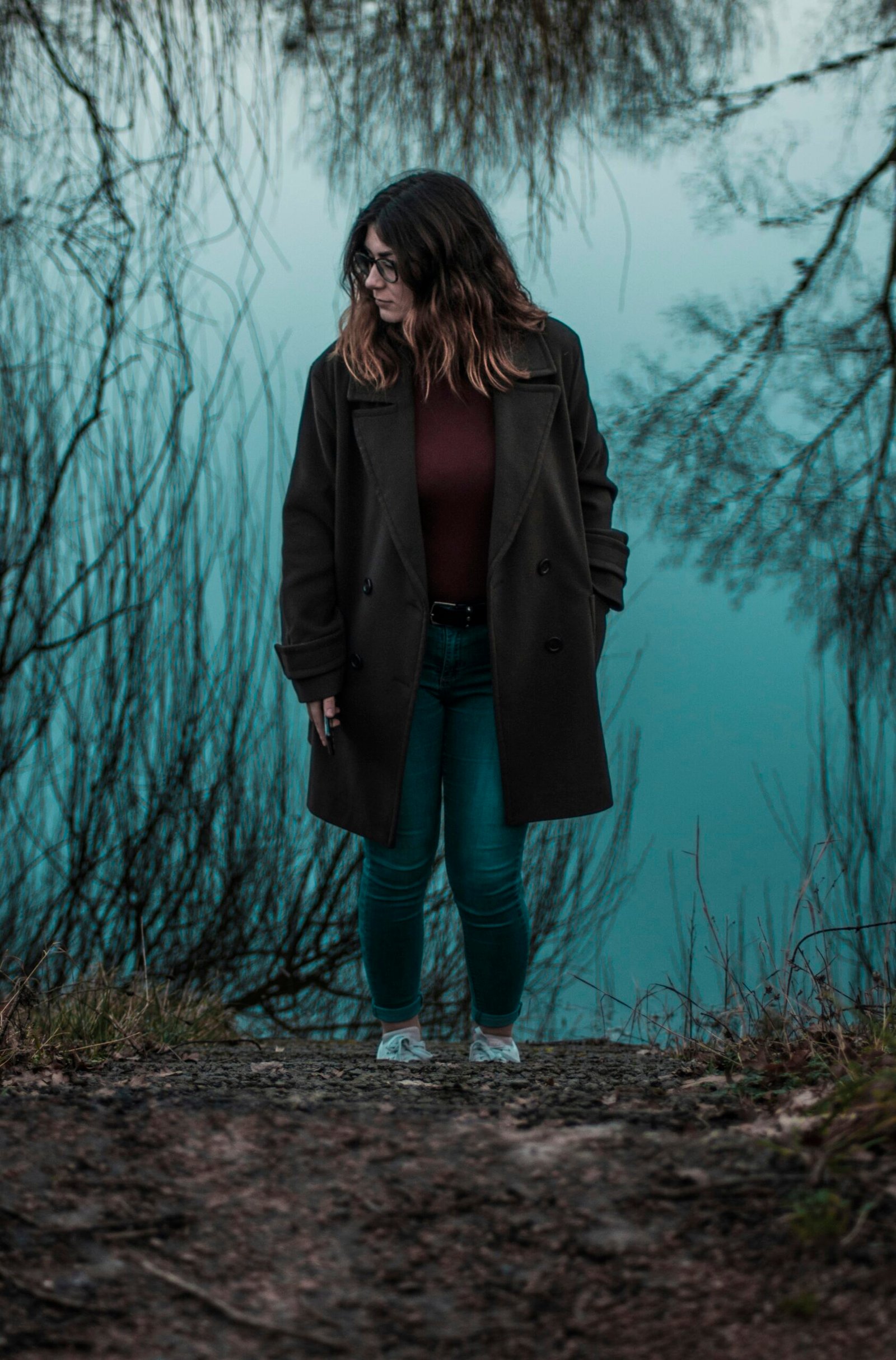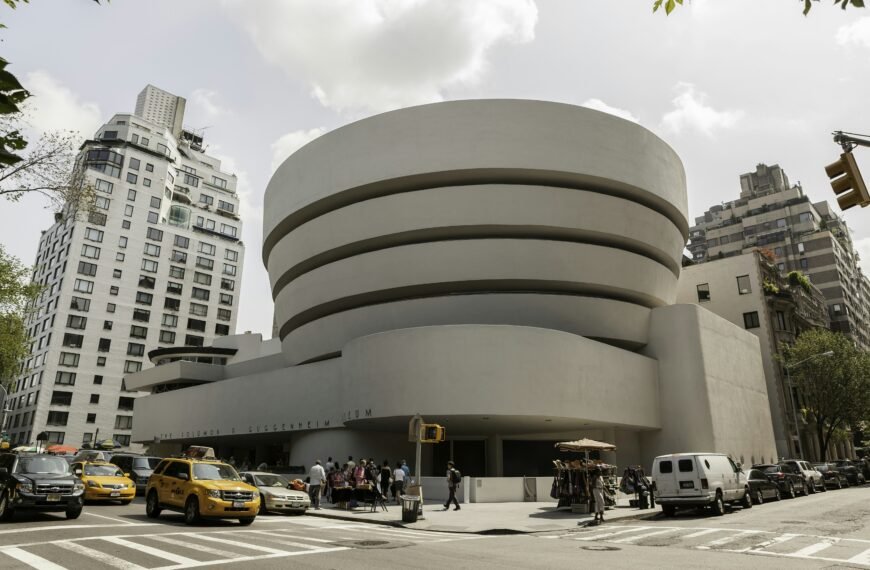Have you ever wondered about the backstory behind famous artworks? Let’s delve into the intriguing tale of the Cranach portrait “Portrait of George the Bearded, Duke of Saxony,” by Lucas Cranach the Elder. This piece has recently made headlines due to a restitution claim by a Jewish family and the decision of the Allentown Art Museum to part with it.

The Cranach Portrait: A Brief History
Let’s start by exploring the origins of the painting. Created in the 16th century, the portrait of George the Bearded, Duke of Saxony, is attributed to Lucas Cranach the Elder, a renowned German Renaissance painter. It showcases George’s distinguished features and reflects the artistic style of Cranach’s workshop.
Connection to the Nazis
The interesting twist in the portrait’s story lies in its connection to the Nazis. During the tumultuous era of World War II, the painting was in the possession of a German Jewish couple, Henry and Hertha Bromberg, who were forced to flee their homeland due to persecution by the Nazis. The portrait was among the valuable artworks they took with them on their journey to safety.
The Restitution Claim
Fast forward to the present day, and we find that the Bromberg family descendants have initiated a restitution claim for the Cranach portrait. This claim asserts that the painting rightfully belongs to the family due to its forced sale during the Nazi regime. The Allentown Art Museum, where the portrait is currently housed, has come to an agreement with the Bromberg heirs to relinquish the artwork.
Settlement Details
In a gesture of acknowledgment and reconciliation, the museum has agreed to sell the Cranach portrait at an upcoming auction by Christie’s. The proceeds from the sale will be divided between the museum and the Bromberg family. While specific financial details of the settlement remain confidential, the decision reflects a commitment to addressing historical injustices.

The Moral Imperative
The museum’s president and chief executive, Max Weintraub, emphasized the moral imperative behind the decision to part with the portrait. He highlighted the fact that the painting’s presence in the museum was a direct result of the Bromberg family’s displacement and persecution during the Nazi era. This recognition of the past has guided the museum’s actions in response to the restitution claim.
Bromberg Family Legacy
The Bromberg family’s legacy is intricately woven into the narrative of the Cranach portrait. Henry and Hertha Bromberg’s courageous journey to escape Nazi oppression, along with their efforts to preserve their collection of artworks, forms a poignant chapter in the painting’s history. The restitution settlement serves as a tribute to their resilience and the enduring impact of their experiences.
The Future of the Cranach Portrait
As the Cranach portrait prepares to be auctioned off, its future remains uncertain. The painting, which has been a part of the Allentown Art Museum’s collection, will soon embark on a new chapter. The proceeds from the sale will not only benefit the museum but also honor the Bromberg family’s connection to the artwork.
Continuing the Dialogue
The story of the Cranach portrait serves as a reminder of the lasting repercussions of historical events on artistic heritage. By engaging in conversations about restitution and ownership, we pave the way for a deeper understanding of the complexities surrounding artworks with contested provenance. The decision to part with the portrait opens up avenues for dialogue and reflection within the art community.
In conclusion, the journey of the Cranach portrait “Portrait of George the Bearded, Duke of Saxony” by Lucas Cranach the Elder is a testament to the intertwining of art, history, and personal narratives. As we witness its transition from museum collection to restitution settlement, we are reminded of the profound impact of past injustices on the present. By shedding light on these stories, we honor the individuals and families whose lives have been touched by the artworks that bear witness to their struggles and resilience.








